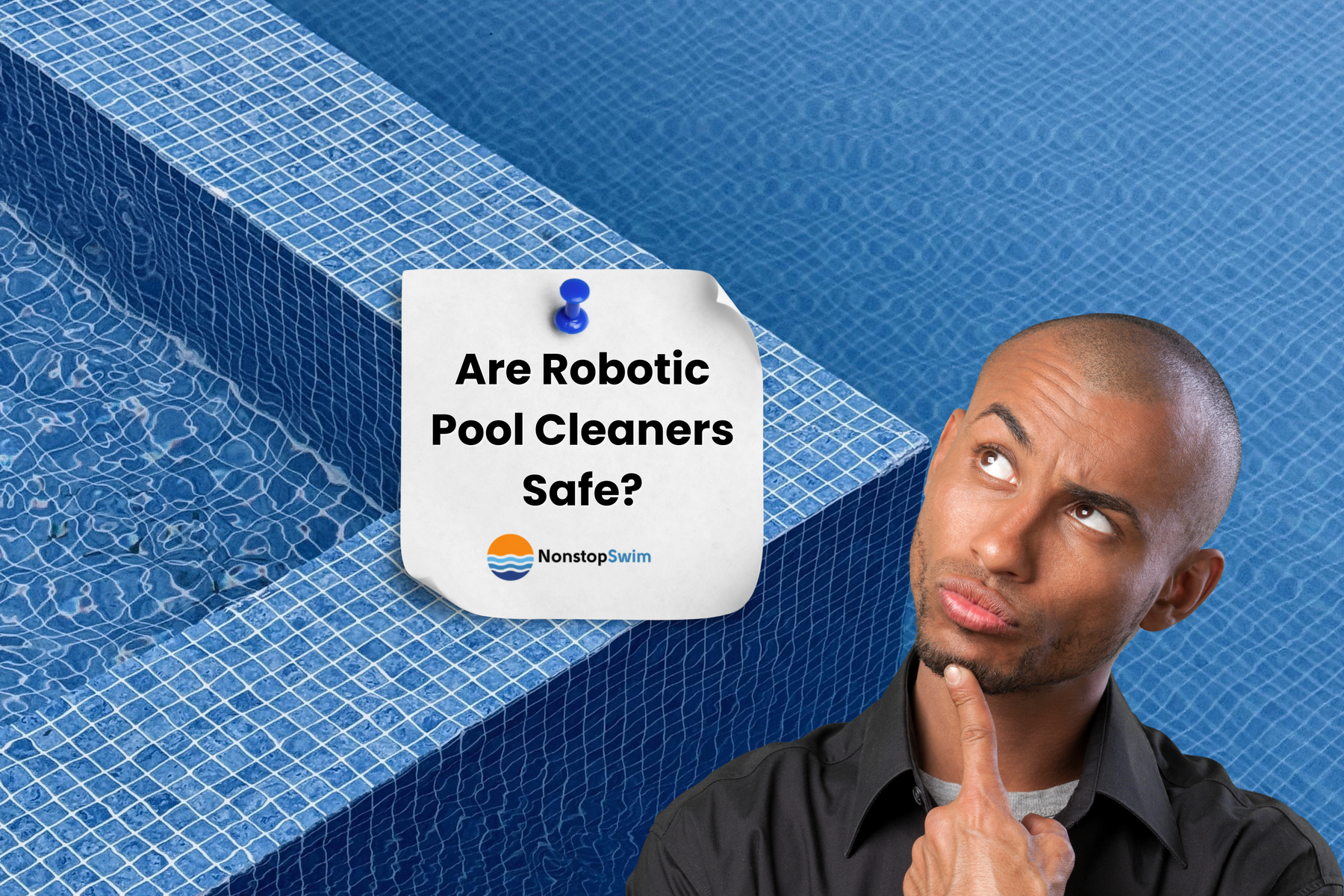
Are Robotic Pool Cleaners Safe?
The Safety of Robotic Pool Cleaners in Your Pool
Yes - robotic pool cleaners are generally safe thanks to low-voltage operation and built-in safety smart tech. But there are still things to pay attention to. From curious kids to playful pets, read on to learn the do’s, don’ts, and must-know tips for worry-free pool cleaning.
Robotic pool cleaners are shaking up pool care—these clever bots vacuum, scrub, and climb walls so you don’t have to bend over. But dropping a little robot into your pool? That might feel fishy at first. Let’s dive into what makes them safe and how to use them responsibly.
Understanding Potential Risks
These cleaners come with safety features, but they rely on you to do your part. Treat them like any other power tool—use care, check often, and don’t rush things.
Electrical Considerations
Take the AutoPilot AquaClean Robotic Cleaner. Its low-voltage battery system means there’s very little chance of shock.
Still, plug any charger into a GFCI outlet and keep the charging station a good few feet from the pool. That cable is your first safety line, so inspect it weekly for cracks or worn insulation.
Physical Obstruction and Entanglement
Even the smartest pool bot can freak out a curious kid or dog. That floating cord can trip someone if left unwound. And in rare cases, kids might grab or swim after the bot thinking it’s a toy.
To avoid tangles and panic, treat the cleaner like you would a robotic lawnmower- keep it running when people aren’t splashing around.
Best Practices for Safe Operation
A clever machine still needs a smart operator. Follow these rules and you’ll clean safely...and maybe even relax more.
When to Operate Your Cleaner
Best rule of thumb: run it when no one’s in the water.
The Dolphin Nautilus CC Pro includes a timer you can set to run earlier in the day or while you’re out. That way it gets the job done and stays out of swimmer’s way.
Supervising Swimmers and Cleaner Interaction
If you absolutely need to clean while people swim, stay alert. Make sure cords lie flat and aren’t floating like an invitation to step on them.
Remind kids that the device is not a pool toy, even if it looks like one. And keep dogs penned back- some are brave, some are scared, but none should swim toward the cleaner.
Conclusion
These pool-cleaning robots are safe when you follow a few simple rules: use low-voltage models, check cords, and keep swimmers and pets away during operation.
With common-sense setup and a little care, you’ll enjoy a fresh pool without risking splashes or surprises.
Let the robot work. You just enjoy your pool.
Related reading:



Leave a comment